The Next Generation of Battery Manufacturing
Following in her late father’s scientific footsteps, Virginia Klausmeier has launched Sylvatex to reimagine battery manufacturing with an innovative waterless process that cuts both costs and emissions while revitalizing American production.
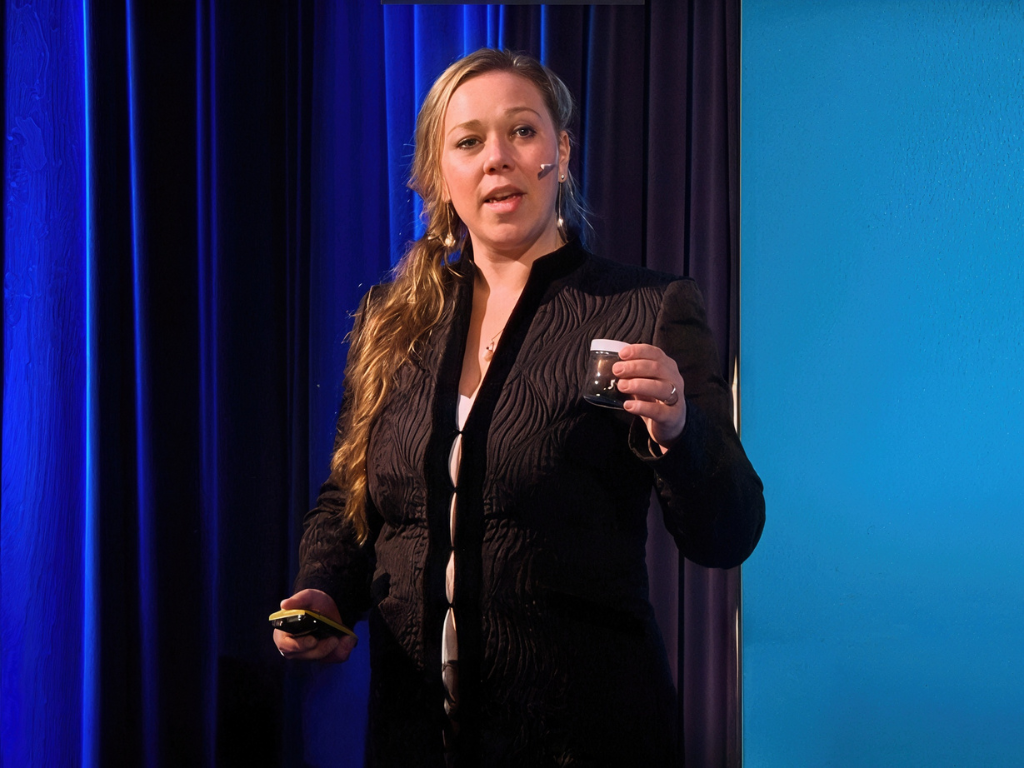
Sweeping Change
A young girl stands on a Bangkok street, broom in hand, sweeping the pavement in front of her family’s home. The thick air hangs heavy with pollution, and despite her efforts, there seems to be no end to the dirt and debris. For Virginia Klausmeier, this childhood memory serves as more than just a moment of youthful determination. It represents her first tangible response to environmental challenges that would later drive her to build Sylvatex, a climate-tech company transforming how we manufacture battery materials.
“There were weeks where I would spend time outside sweeping the street in front of our house and just trying to clean up our block,” Klausmeier remembered. “Because it was just something tactical that I could do.”
This early exposure to environmental degradation, viewed through the eyes of a child living in Thailand during the late 1980s and early 1990s, offered Klausmeier a stark perspective on the world’s environmental challenges. Today, as founder, President, and CEO of Sylvatex, she’s working to solve them at a much larger scale.
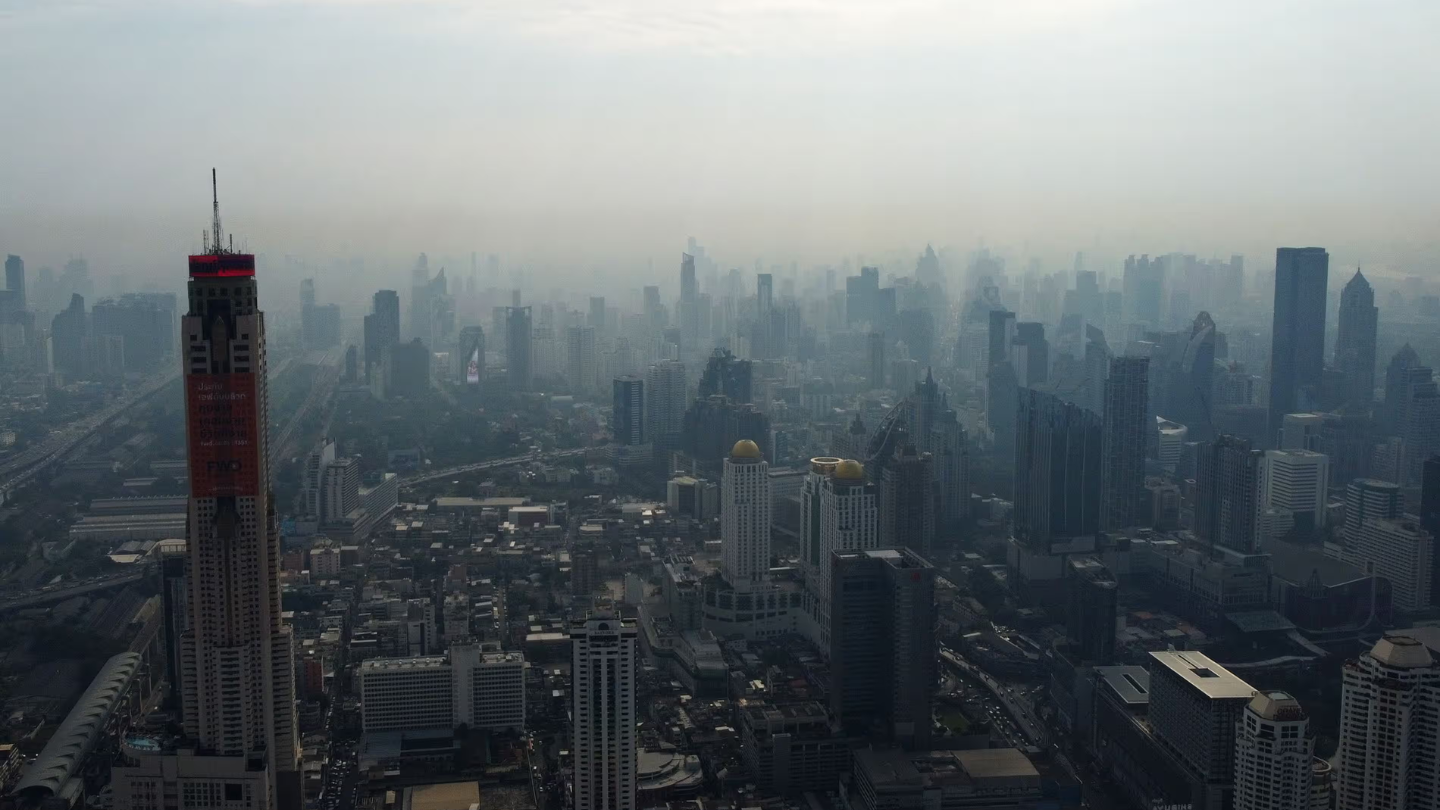
A Scientific Foundation
Behind Klausmeier’s environmental awakening stood a remarkable scientific mind who would shape not only her childhood experiences but her future path. Klausmeier arrived in Bangkok because of her father, a scientist whose brilliance preceded their move. “My father was a brilliant scientist way beyond his time,” she recalled. “I was actually born outside of Argonne Labs. He had been working in the world of chemistry and new technologies for a number of years in his career.”
The family’s move to Thailand came at the behest of Thai leadership to tackle a pressing environmental challenge. “He was recruited by the Prince of Thailand at the time to take the algae blooms that were in the Gulf of Thailand and turn them into something productive,” she explained. The blooms were likely the result of agricultural waste flowing into the sea, creating an environmental hazard that needed addressing.
Her father’s initial goal was to convert the algae blooms into bio-based fuel, but when that proved challenging, he pivoted. “He ended up transitioning it into aquaculture - using it, turning it into shrimp food,” Klausmeier said. “That was the impetus for going there: ‘How do you take this material that’s coming up and causing a challenge and turn it into something that’s useful for the localized economy?’.”
Living in Thailand revealed realities that most Western children never encounter. The contrast between where Klausmeier’s family frequented and the surrounding area was stark. “We did have exposure to very nice places in compounds that were fenced off with big walls. But on the other side of the compounds, it was a very stark difference of how the broader population in the world lives,” Klausmeier remembered. “We only get exposure to what we know. That was a really big learning for me to realize that the majority of the world is pretty dirty, lives in a lot of exposure - a lot of toxic exposure - and we’re just getting to a position where we’re really recognizing the health downsides for the human population from all this chemical exposure.”
A Legacy Continued
Years later, Klausmeier would find herself building on these formative experiences in Thailand and following in her father’s footsteps, though along a path uniquely her own. In 2007, she began working with her father on sustainable technology projects. She has vivid memories of those early days: “I have pictures from helping him with his first board meeting - getting the advisors together and getting the first funding.”
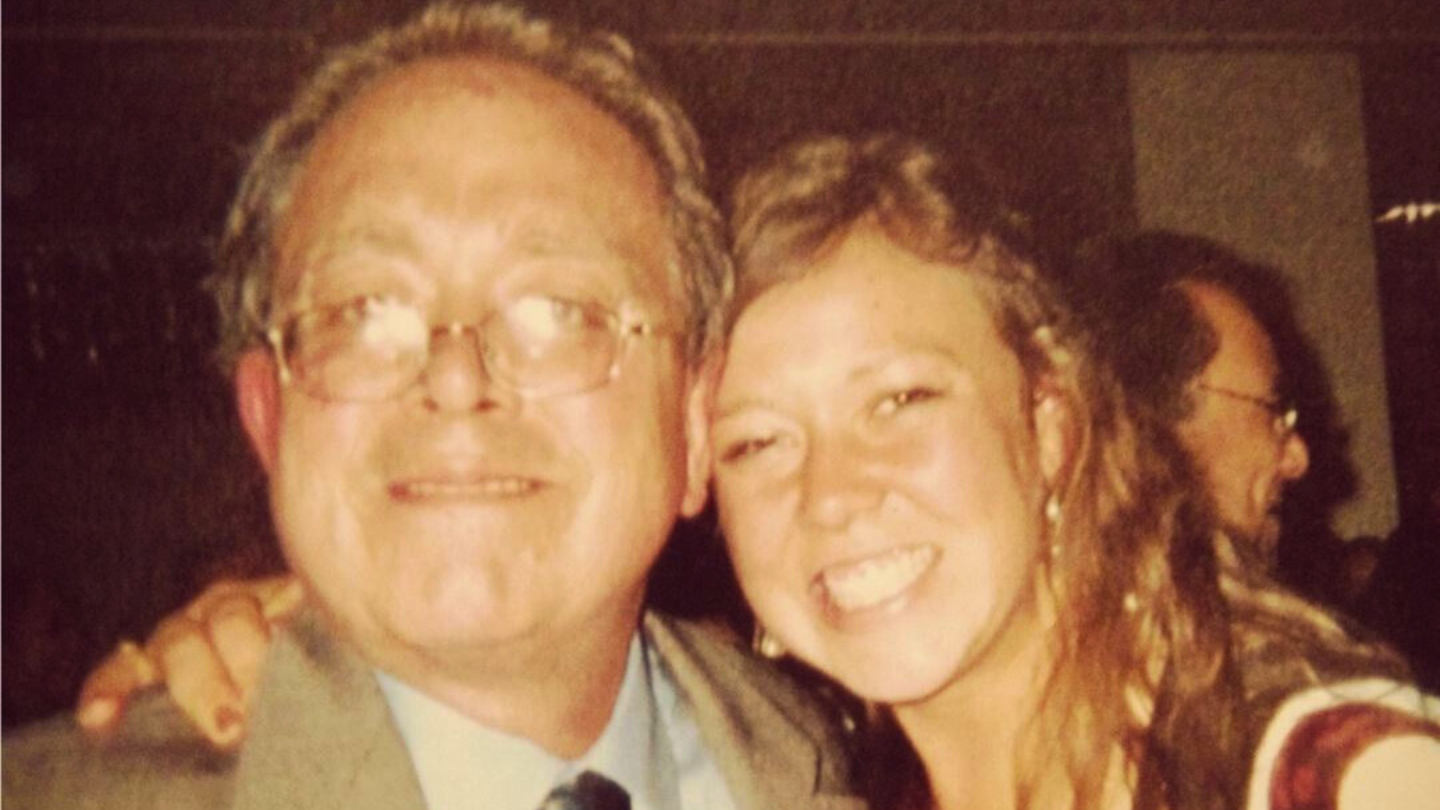
The collaboration deepened over time. By 2011, Klausmeier had quit her job to work on their projects in the background. Her first major milestone came that year: “That was the first time I did a conference, a pitch. I did a big pitch in Silicon Valley and won that award. And from there, it was off to the races.”
But tragedy would accelerate her path to entrepreneurship. “As we got initial grant funding to support those efforts, he got cancer and passed away,” Klausmeier shared. The loss of her father presented both an emotional and entrepreneurial challenge. “I was really in a position of - my gosh - okay, all this work and all this big vision would go with him to his grave unless I found a way to carry on the torch because it had not matured enough into a business or anything that was transferable. And that’s really how Sylvatex started.”
The Battery Challenge
Klausmeier’s determination to carry forward her father’s work would eventually lead Sylvatex to tackle one of the most pressing challenges in clean energy technology. Today, Sylvatex stands at the forefront of battery material manufacturing innovation. The company specializes in cathode materials, which Klausmeier described with characteristic clarity: “Sylvatex: simple, flexible manufacturing transforming the battery sector. We make the plus sign of the battery in the lowest-cost, lowest-carbon way. So all batteries have a plus sign and a minus sign, and we make the plus sign of the battery.”
These materials are far more critical than their basic description might suggest. “Cathode material makes up 50 to 60 percent of the cost of the battery pack and that’s just this black material,” Klausmeier explained as she held up a glass jar filled with fine, jet-black powder. “And that is a pretty energy-intensive process.”
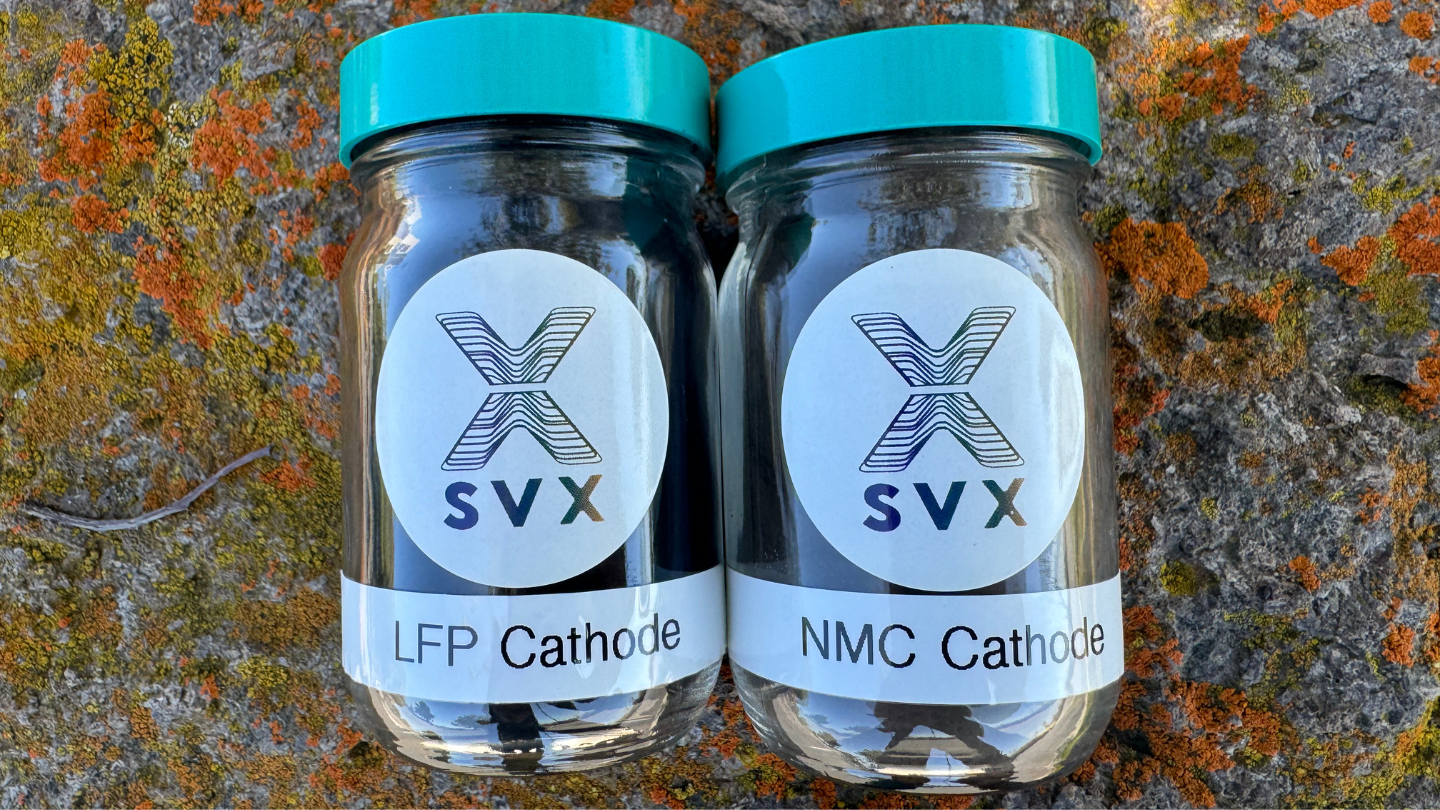
The company’s focus on this component is strategic - It represents the largest cost driver, the largest carbon footprint, and one of the biggest opportunities for innovation in battery manufacturing.
The stakes couldn’t be higher. “Energy accounts for 70 percent of greenhouse gas emissions,” Klausmeier noted. She pointed out that our energy demands are only increasing: “The global population is going to use more and more energy. Even AI uses ten times more energy than a typical Google search. So our energy footprint is going to increase, even if we’re trying really hard to reduce it.”
This increasing energy demand presents both a challenge and an opportunity for Sylvatex: “Then, you have energy becoming more readily available to broader populations - Africa, et cetera. So you have a large exposure of energy that’s going to constantly go up and up. This needs to transition from petrochemicals being the primary source - a non-renewable source - to a renewable source. It’s just that simple: It’s going up. We need more of it. We need to make it in a way that doesn’t harm the planet as much.”
Klausmeier continued, “Clean energy from wind, solar has become much more abundant. That’s really hit the tipping point of cost curves, and batteries are at the foundation of powering and storing that energy, along with electrification of vehicles, which is one of the largest greenhouse gas emissions polluters. So these are all really big concepts, and the way that we’ve focused has been to work upstream from a decisionmaker, not at the consumer level. We need to be making these materials that go into these [batteries] - that are the foundation for the renewable energy infrastructure - lower in cost and in the lowest carbon footprint possible so we’re not creating a new environmental problem along with scaling this technology.”
Manufacturing Innovation
To address these critical energy challenges, Sylvatex has developed an innovative approach that fundamentally reimagines how battery materials are produced. The company has developed a novel, waterless process using commercial off-the-shelf equipment, requiring fewer steps and less energy than conventional methods. This chemistry-agnostic system can adapt to both lithium iron phosphate (LFP) and nickel manganese cobalt (NMC) cathode material production, providing crucial versatility for meeting diverse market needs.
One of the key advantages of Sylvatex’s approach is its flexibility with input materials. “When you have advanced manufacturing methods like ours, you can have more flexibility on those input materials, more hedge. All of that rolls up to cost savings, but it really allows for more regional production that’s overall better for the end customer from a cost profile, but also your profile of the battery on the carbon side massively goes down,” Klausmeier explained. This flexibility is pivotal for building a more resilient and sustainable supply chain.
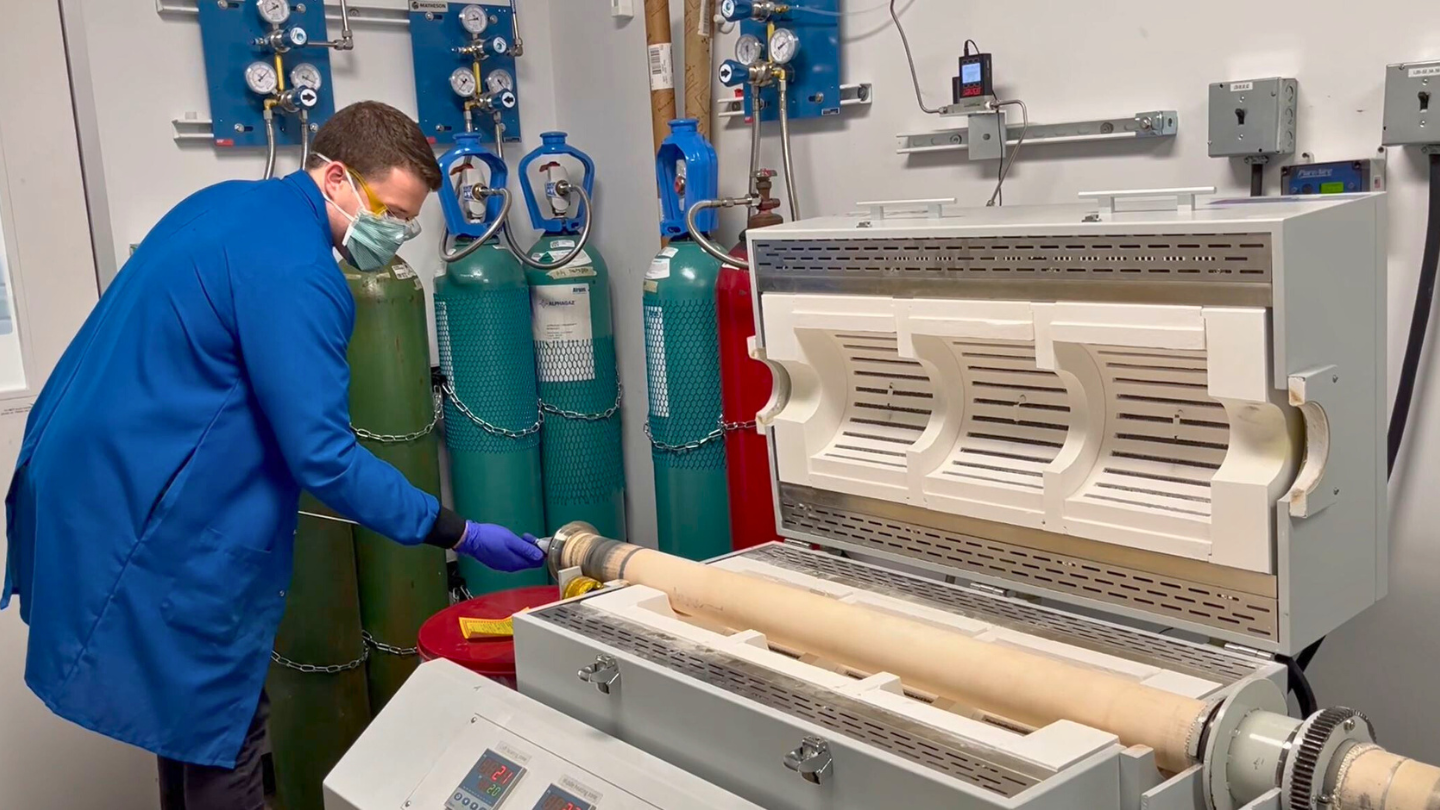
The company also maintains a strong focus on domestic manufacturing, a strategic mindset that represents the evolution of its messaging. “You can’t take the manufacturing processes in China and just implant them in Ohio,” Klausmeier pointed out. “The environmental offtake and the waste that’s associated with it today is just too high to even be viable in most countries.”
“Two years ago, we focused on messaging lower cost, lower capital, lower carbon. And then, we really focused on future-proofing, so being able to future-proof manufacturing,” Klausmeier continued. Future-proofing became a core concept for Sylvatex, especially as the renewable energy transition gained more traction and batteries were seen as more attractive long-term investments. “Now, our messaging is moving more towards simple, flexible manufacturing that unlocks domestic production: ‘How do you make these materials outside of China in a way that is cost competitive?’.”
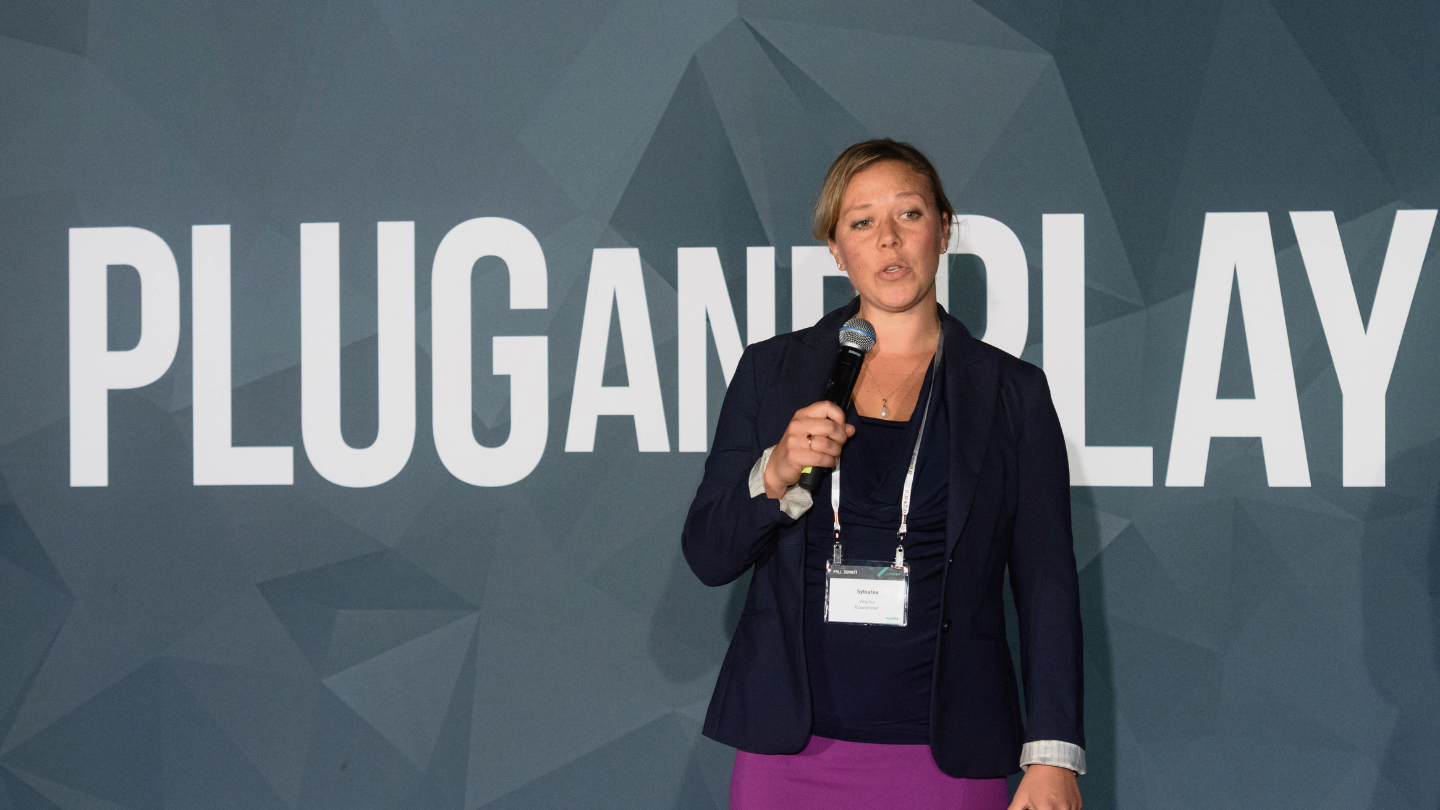
The practical implementation of this vision is already underway. With $22 million in funding to date, between equity capital and non-dilutive capital from grants and awards, the company is advancing its time-to-market and creating a pathway for domestic production in conjunction with national laboratories, industrial partners, and commercial partners. Most recently, it secured a $2.3 million Realizing Accelerated Manufacturing and Production for Clean Energy Technologies (RAMP) grant from California Energy Commission and a $1.4 million commitment from the U.S. Department of Energy’s Advanced Research Projects Agency-Energy (ARPA-E).
Sylvatex is using this newfound capital to further differentiate its technology via low-cost domestic inputs and production of high-performance LFP and NMC cathode material. On a daily basis, Sylvatex works with its partners to input this cathode material into battery packs and test performance. Klausmeier and her dedicated team are establishing their first pilot line in Alameda, California. Set to begin operations in early 2025, the facility will produce up to ten kilograms of cathode material per day - a significant step toward commercialization. The project includes collaboration with Michigan-based electric-vehicle battery startup Our Next Energy (ONE) for production and testing of large-format EV cells.
Evolution of a Mission
Sylvatex’s current focus on battery manufacturing represents a clear vision for the future, however, its origins were actually in other sustainable technologies. “When we launched it, the initial work my father had been working on was low-carbon, low-emissions fuels. Over the years, we realized that feeding into the petrochemical space is just a really big challenge,” Klausmeier shared.
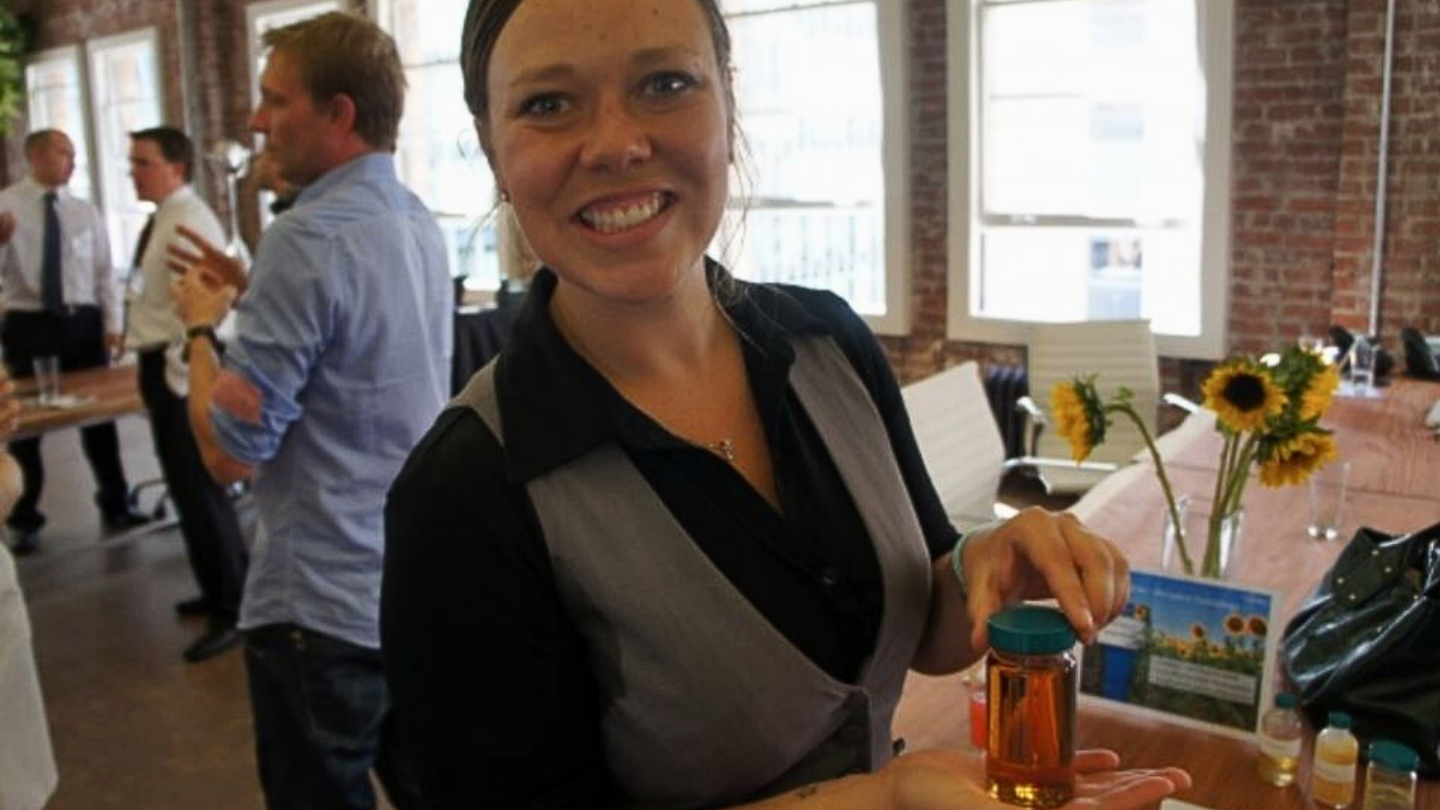
But the company’s location in California would give Sylvatex the direction it needed. “California has been bullish on electrification and moving towards clean energy for decades. The state continues to be very focused on that. I think with both of those things, really in a few years after we got up and going in our early financing, we realized we needed to pivot,” Klausmeier noted.
The company’s name itself has always reflected its mission - “Silva” being the Latin root for tree and nature, combined with “tex” for technology. “The core of technology is really being powered by nature or having this renewable concept,” Klausmeier explained. “That’s really been our foundation: ‘How do you use nature to power industrial manufacturing and renewable energy?’.”
Klausmeier reinforced, “The focus of the organization is to really create big emissions change. And we do industrial manufacturing - ‘Where can we focus that massively reduces the carbon emissions?’ And the concept moved into: Well, with the renewable energy revolution, there’s going to be huge amounts of batteries that are going to be needed. And with that, huge amounts of material that are going to be needed. We really focused on [the question of] where in the battery pack is there an opportunity.”
Cathode material was an obvious place for Sylvatex to focus its efforts. “Cathode material counts for more than 50 percent of the battery pack and it accounts for more than 50 percent of the carbon emissions of a battery. So it means it’s made inefficiently and it’s a big cost driver for electrification,” Klausmeier explained. Contrary to the “Battery Carbon Intensity” chart below, it is important to note that based on lifecycle assessments and studies, cathode materials can contribute over 50 percent of a lithium-ion battery’s total carbon footprint, particularly for nickel-rich chemistries like NMC-811, with the high percentage primarily driven by energy-intensive mining, processing, and manufacturing steps.
“So we targeted there. There was a lot of opportunity for making a more effective, simpler, efficient process - That’s really when we pivoted and did some exploratory science in about 2016, 2017 that then kicked off in about 2018, 2019 with some early NSF funding,” NSF being the National Science Foundation. It's important to note that
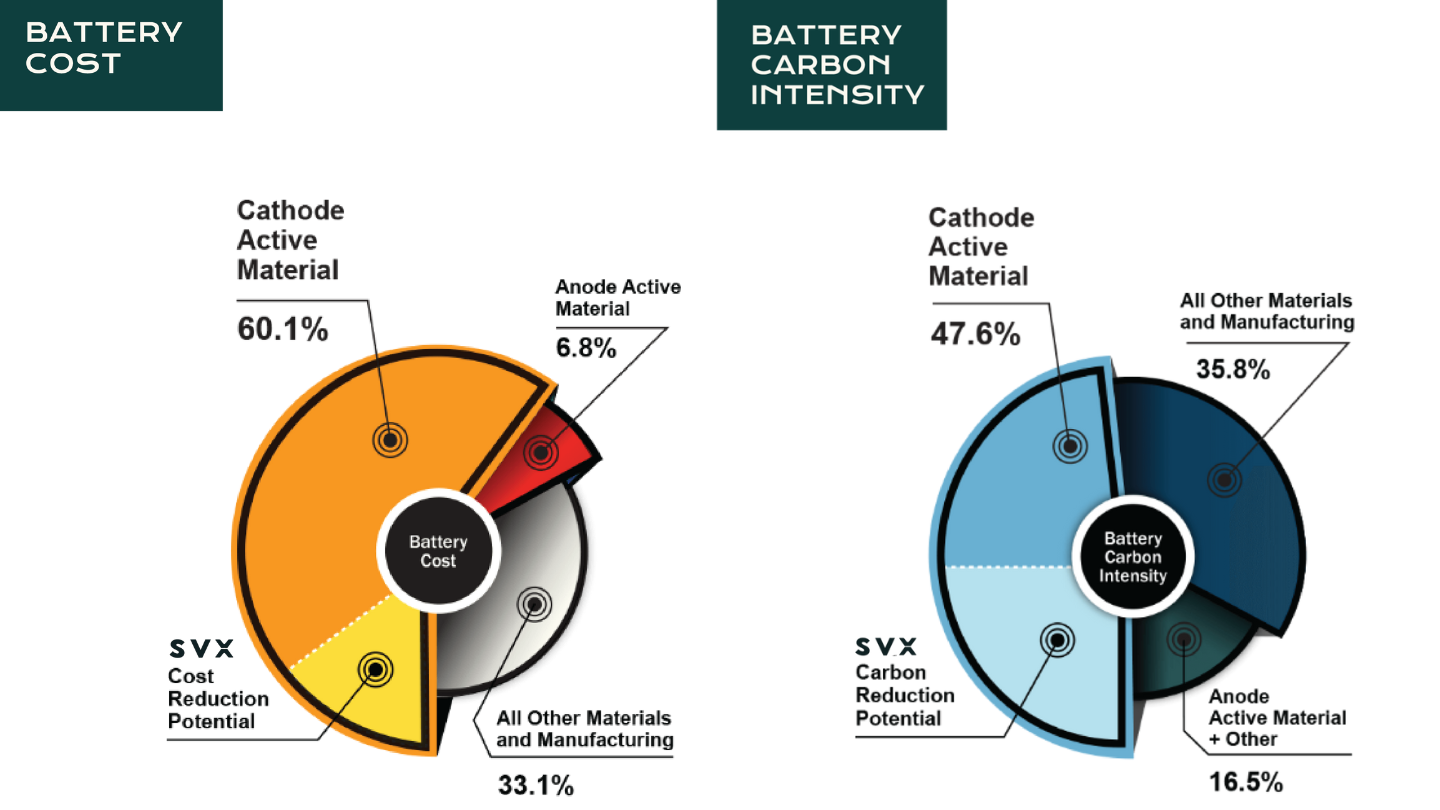
Then, in 2020, the COVID-19 pandemic caused a hard stop on the fuels market, making it abundantly clear that Klausmeier’s decision to pivot into battery manufacturing technology was the best path forward. “Right place, right time, good strategy thinking, but no one could have seen COVID happen,” Klausmeier concluded.
Building for Impact
As Sylvatex continues to advance its technology and mission, Klausmeier’s leadership extends beyond just technical innovation to encompass broader goals for environmental and social influence. For Klausmeier, success has multiple dimensions. “The best thing I can do for the movement of having more funding go into diverse leaders and diverse impact leaders is by being successful,” she stated. Her vision for Sylvatex includes both ambitious financial goals and substantial environmental impact: “I want us to exit for a billion-plus dollar valuation and be able to be responsible for gigatons of emissions reductions by 2050.”
Under Klausmeier’s leadership, Sylvatex has built a distinctive culture of forward thinking. The company is backed by woman-led investors and maintains strong female representation across its board of directors and industry advisors, including veterans from Toyota, BP, and Amplify Capital. Beyond her role at Sylvatex, Klausmeier has become a prominent voice in clean technology, serving as a fellow of the World Economic Forum and holding advisory positions with organizations like All Raise and the Lawrence Berkeley National Laboratory. Her commitment to excellence and sustainability has earned recognition, notably her selection as the inaugural recipient of the Fastmarkets Voltas Industry Woman of the Year Award in 2024.
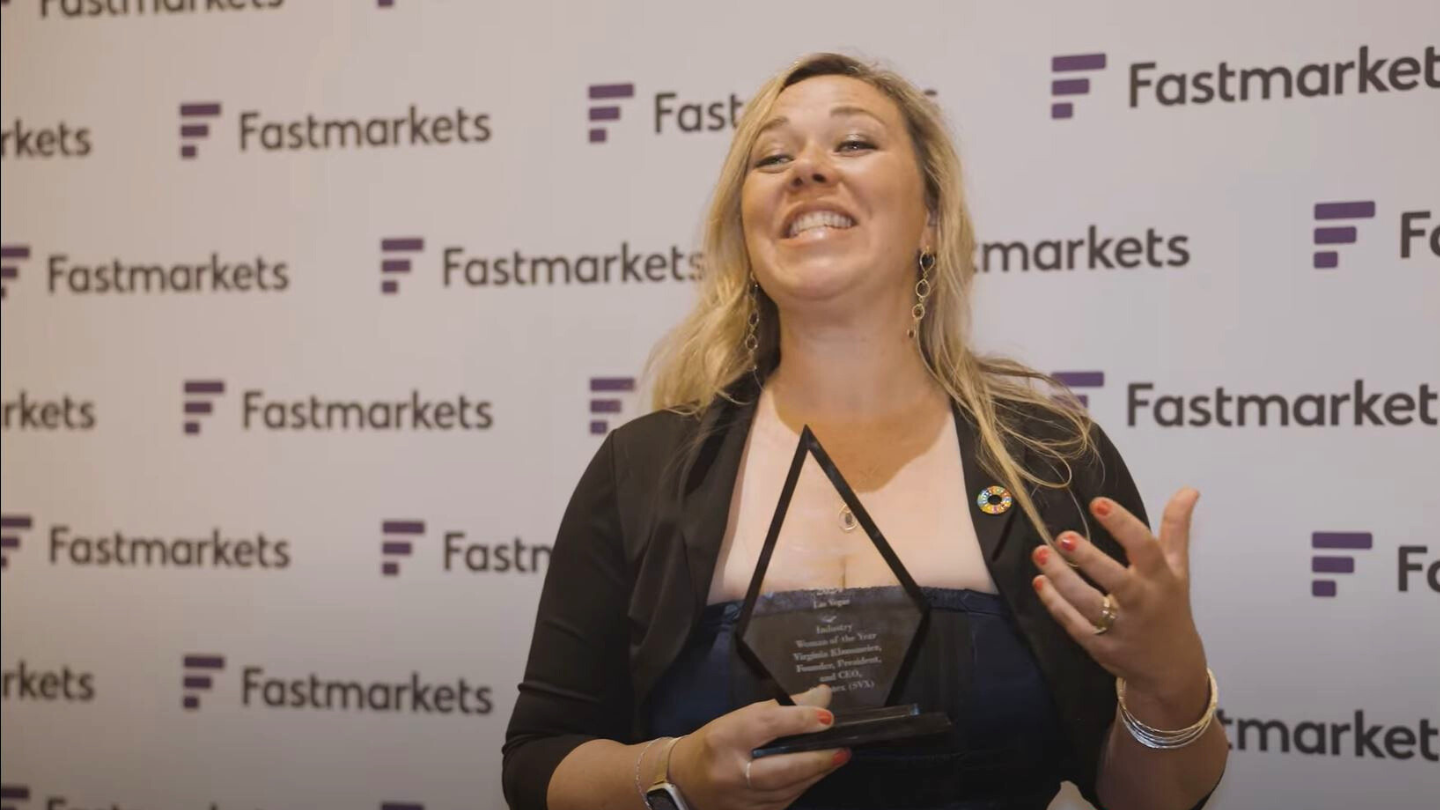
Klausmeier is also focused on proving that entrepreneurs can maintain balance in their lives while building impactful companies. “When I started the company, I really had goals of wanting to also have a family and do other things,” she shared. “I met a lot of entrepreneurs and very successful women that, for lack of a better word, weren’t able to have it all. So for me, it’s really important to make sure that women believe and understand that they can be an entrepreneur and change the world, and also have a family and have kids or whatever they want to fulfill their own personal journey as well.”
Looking ahead, she envisions taking her children, twenty years from now, to visit Sylvatex’s first factory. “It’s still standing and it’s not polluting. It’s not using tons of water. It’s not using tons of energy,” she described. “It’s iterated over time because of the flexibility of it and it’s still relevant - The materials coming off of it are being used in the battery packs that power our batteries for vehicles and the energy storage we have in our house.”
For Klausmeier, that childhood experience of sweeping Bangkok’s polluted streets has come full circle. Through Sylvatex’s revolutionary battery manufacturing process, she’s not just cleaning up one street or neighborhood, but potentially transforming how we power our world. Her journey from a young girl confronting local pollution to an industry leader tackling global climate change demonstrates how early environmental awareness, coupled with her father’s scientific legacy, has sparked lifelong innovation. Just as her father once sought to transform harmful algal blooms into something useful, Klausmeier is now carrying forward that same spirit of environmental problem-solving at an industrial scale.
As battery technology continues to drive the clean energy transition, Virginia Klausmeier’s vision of simpler, cleaner manufacturing is demonstrating that the path to solving climate change can be as sustainable as the future we are trying to create.
This U.S. Innovation Is Disrupting China's Battery Monopoly
.png)

